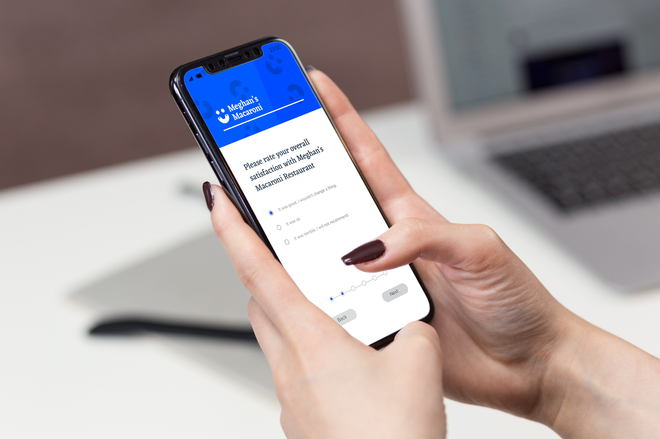If you’re looking for a fast, convenient way to ask a specific audience of people a specific set of questions, look no further than a survey, a highly customisable questionnaires that empower brands to quickly and easily reach a given audience. Such audiences may include (but are not restricted to) your customers, your employees, or folks beyond those two groups whose feedback you still need. This tool has been around for a long time, but as technology has grown more sophisticated, so too has its ability to deliver highly targeted insights into both customer and employee experiences.
How Can You Deploy a Survey?
It used to be that companies had to send surveys through the mail or solicit potential respondents up-close and in person. Nowadays, though, they are almost always digital. There are many ways companies can deploy this tool; one of the most common methods here is to dispatch an email to a respondent not long after a transaction or interaction. Other brands may elect to build surveys into their apps, usually to learn how easy (or not) it was for customers to use their software.
Deployment is one reason companies maintain entire databases of contact information; teams can sift through this data in search of one audience or another before easily dispatching a survey directly to multiple respondents. They can also use this information to determine the best questions to ask.

WHITE PAPER
How Short Should You Make Your Customer Experience Survey?
Is there empirical evidence to back up the perception that customers will only answer short surveys? Find out in this white paper.
What Types of Surveys Are There?
Surveys can also be as varied in their design as they are their delivery method. Generally speaking, they can be broken down into two types of questionnaires: Transactional and relationship.
Transactional
The first type, transactional, include the post-interaction and in-app options we touched on earlier. These are built to be quite short, usually containing few questions and a comment box for open-ended feedback. The expectation is that customers or employees fill them out quickly, giving the brands that receive them a snapshot of the overall experience. Keeping transactional surveys short is the name of the game; make them too long, and you risk respondents feeling that completing them will consume too much time, resulting in fatigue and abandonment.
Relationship
The other common type brands use and find effective for connecting with customers is what’s known as a relationship survey. Whereas transactional versions are short and meant more for in-the-moment feedback, relationship surveys are far lengthier and are designed to get a respondent’s sense of their entire relationship with a brand, not just one or two interactions. Because of that, relationship surveys are usually saved for a company’s existing or long-term customer or employee base, who are more likely to fill these questionnaires out than casual or first-time users anyway.
High-profile companies are making effective use of a combination of these two types. For example, one of the largest financial institutions in the United States is using this combination to gain a much richer understanding of how customers perceive its brand. It utilises transactional surveys to learn what customers think about individual interactions with employees, while relationship surveys are used to capture those clients’ long-term engagement with the wider institution. Thus, they’re able to render accurate, compelling images of both its short- and long-term impact on customers. As a result, its CX strategy was overhauled to wondrous effect.
How Can InMoment Help Optimise My Strategy?
If you’re looking for help building surveys or consulting on how best to use them, you’ve come to the right place. InMoment’s Experience Improvement (XI) Platform is as versatile and adapts to fit your business needs. Wielding our platform in tandem with our unmatched, in-house expertise will ensure that your questions get to the right people and, perhaps more importantly, that the right people to give you the data you need to answer questions and solve business problems.
Reach out today to learn more about how surveys can help you understand and execute on the moments that matter!

See ROI in Half the Time
InMoment’s integrated CX approach increases customer lifetime value and bottom line performance in just 12 months, significantly faster than the industry average of 25 months!



